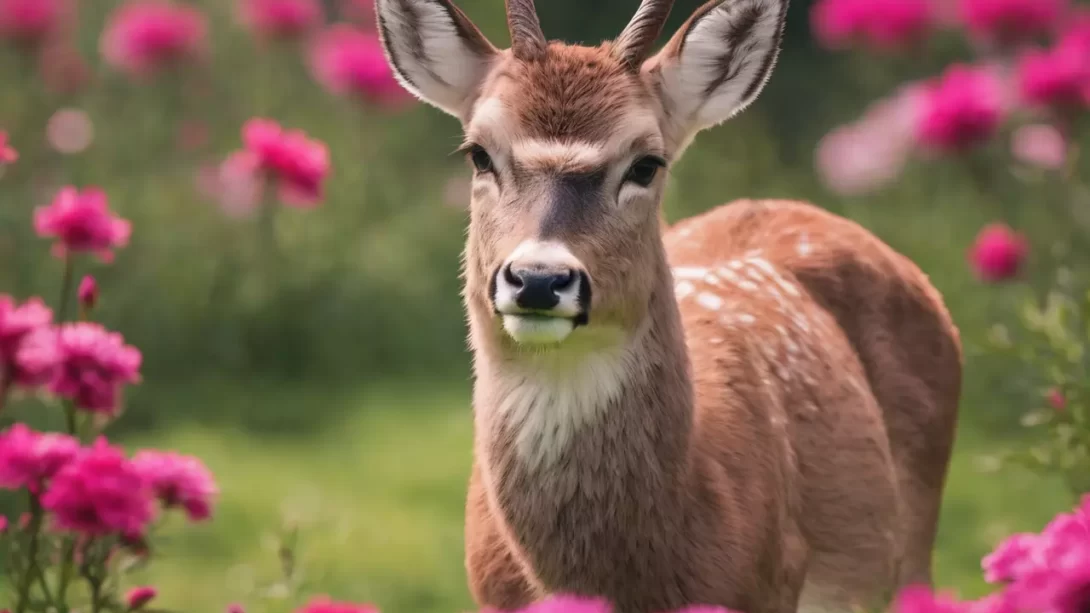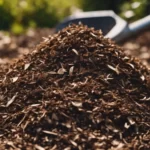Dianthus, with its vibrant colors and sweet fragrance, is a favorite among gardeners. These flowering plants, known for their bright petals and long blooming period, can be a stunning addition to any garden. However, in areas where deer are common, the question of whether dianthus is deer resistant becomes crucial. This article explores the deer resistance of dianthus and offers insights for gardeners hoping to maintain their beautiful blooms undisturbed by wildlife.
Deer Resistance
Deer resistance in plants is not an absolute but rather a spectrum. A plant that is deer resistant is less likely to be eaten by deer when compared to other plants. This resistance can be due to various factors, such as the plant’s taste, texture, or the presence of certain chemicals. However, it’s important to note that deer resistance can vary based on the local deer population and their available food sources. What may be deer resistant in one region might not be in another, especially if food is scarce.
Dianthus Characteristics
Dianthus species, including popular varieties like Sweet William, carnations, and pinks, are known for their narrow, lance-shaped leaves and prolific, often fragrant flowers. These plants contain certain compounds that can make them less appealing to deer. The texture of dianthus foliage, which can be slightly rough or spiky, and the strong scent of their flowers are believed to contribute to their deer resistance. However, the degree to which these characteristics deter deer can vary.
Deer Resistance of Dianthus
When considering the deer resistance of dianthus, it’s generally observed that these plants are less favored by deer compared to other garden flowers. This resistance is attributed to the plant’s natural characteristics, such as their slightly bitter taste and the presence of essential oils, which are often unappealing to deer. However, it’s important to remember that deer resistance is relative. In situations where food is scarce, deer may be less selective and more likely to sample a wider range of plants, including those like dianthus that are typically less preferred.
Factors Affecting Deer Preferences
The likelihood of deer eating dianthus can also depend on various environmental factors and deer population dynamics. In areas with high deer populations and limited food sources, even typically resistant plants may be at risk. The season can also play a role; young, tender dianthus shoots in spring might be more appealing to deer than mature plants. Additionally, the overall health and robustness of the plants can affect their vulnerability. Healthier, well-maintained plants are often less susceptible to deer damage.
Enhancing Deer Resistance in Gardens
To further protect dianthus and other plants in your garden, there are several strategies you can employ. Creating physical barriers, such as fences, is one of the most effective ways to keep deer out. Deer repellents, both commercial and homemade, can also deter deer, although they may need to be reapplied after rain or watering. Companion planting with strongly scented or traditionally deer-resistant plants can provide an additional layer of protection. The combination of these strategies can create a more comprehensive defense against deer in areas where they are particularly problematic.
Gardeners’ Experiences and Studies
Anecdotal evidence from gardeners often supports the notion that dianthus is relatively deer resistant. Many gardeners in deer-prone areas report that their dianthus plants remain untouched, even when other plants are browsed. However, there are also accounts of deer eating dianthus, especially in regions with high deer pressure or limited food availability. While there is a lack of extensive scientific studies specifically focusing on dianthus’ deer resistance, the general consensus in gardening communities tends to favor its use in deer-prone areas.
Alternative Planting Strategies
In addition to the previously mentioned deterrents, gardeners can employ alternative strategies to protect dianthus. Planting dianthus closer to the house or in elevated planters can sometimes reduce the likelihood of deer browsing, as deer tend to be more cautious in areas close to human activity. Integrating dianthus with other deer-resistant plants can also create a less attractive environment for deer, leveraging the collective unappealing traits of multiple plant species.
Conclusion
Dianthus is generally considered to be deer resistant, but it is not deer-proof. Its natural characteristics, such as taste and fragrance, make it less appealing to deer under normal circumstances. However, environmental factors, local deer populations, and availability of alternative food sources can influence the likelihood of deer feeding on these plants. Gardeners should consider a combination of methods, including physical barriers, repellents, and strategic planting, to protect their dianthus and other susceptible plants. Ultimately, understanding the local deer behavior and experimenting with different strategies will help in achieving a deer-resistant garden that includes the vibrant and diverse beauty of dianthus.




